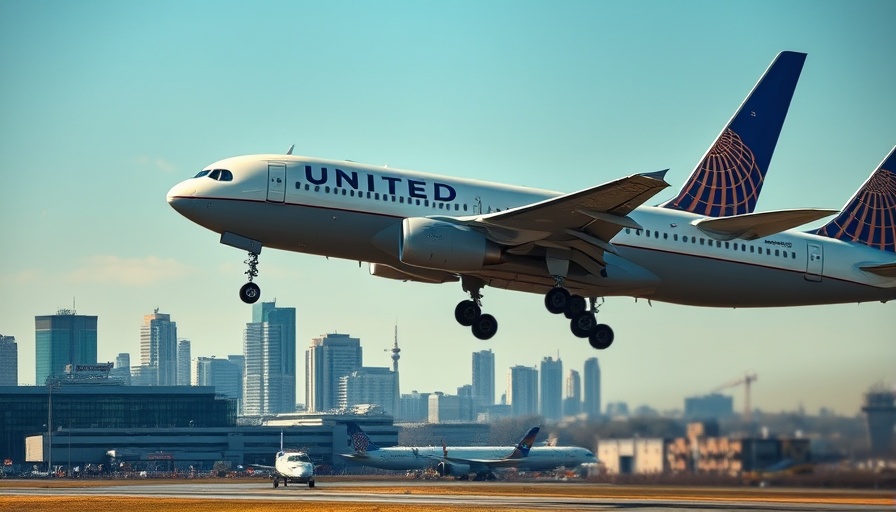
Understanding Air Traffic Challenges at Newark Airport
Newark Liberty International Airport, a major hub for United Airlines, has faced increasing scrutiny due to air traffic disruptions. United's CEO, Scott Kirby, has highlighted the urgent need for the airport to be reclassified as a slot-controlled Level 3 airport to mitigate these challenges. Such a classification would potentially regulate the number of flights allowed, easing congestion during peak hours.
The Underlying Air Traffic Control Crisis
The root cause of these disruptions stems from a chronic shortage of air traffic controllers, exacerbated by a significant walkout and the FAA's admission of their struggles to manage the National Airspace System (NAS). The FAA acknowledges that weather remains a leading cause of flight delays; however, the lack of staff is becoming an equally pressing issue. Kirby's call for action addresses these systemic failures that have led to delayed and canceled flights at Newark, one of the busiest airports in the country.
FAA’s Efforts to Address Controller Shortage
In response to the crisis, the FAA has launched a recruitment drive aimed at hiring at least 2,000 new controllers this year. The initiative includes streamlining the hiring process and providing better compensation to retain existing controllers. These measures are crucial in ensuring that air traffic control operations can support the soaring number of flights forecasted in coming months, potentially exceeding 50,000 per day.
The Economic Implications for United Airlines
The continual disruptions pose significant economic risks not only for United Airlines but also for the broader aerospace industry. If not addressed, these challenges could lead to a loss of customer trust and financial consequences for the airline. Experts believe that while slot controls might alleviate some immediate concerns, they aren't a silver bullet for the underlying infrastructural issues facing air travel in the region.
What’s Next?
As the FAA implements its plans, the aviation industry waits with bated breath to see if recruitment measures will take effect in time to stabilize operations at Newark. For United Airlines, adapting strategies to navigate this evolving landscape will be vital to ensuring stability and efficiency in their operations.
 Add Row
Add Row  Add
Add 




Write A Comment